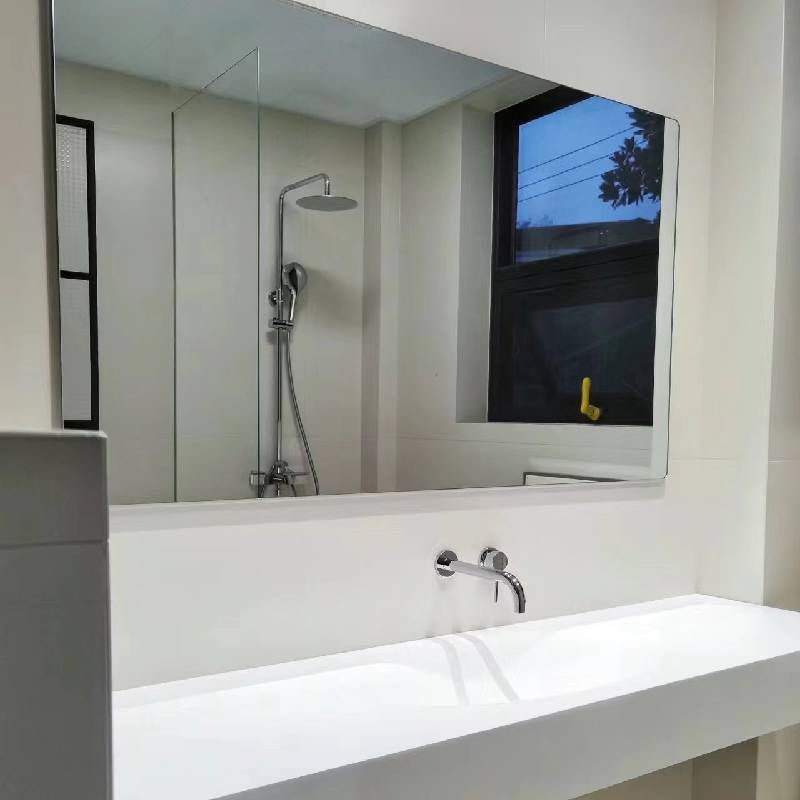

The Beauty and Functionality of Tinted Glass
In today's architectural landscape, the use of tinted glass has become increasingly popular, both for aesthetic appeal and functional benefits. Tinted glass is a type of glass that has been treated or coated to reduce the amount of daylight that enters a space, providing a range of advantages for buildings, vehicles, and various other applications. This article explores the various aspects of tinted glass, including its benefits, applications, and the technology behind this innovative material.
Understanding Tinted Glass
Tinted glass is produced by adding metallic oxides or color additives during the glass manufacturing process. This treatment alters the glass's properties, allowing it to absorb, reflect, or transmit varying levels of light and heat. The result is a glass that can range from a subtle tint to a dark shade, providing options that cater to different preferences and requirements. Common materials used for tinting include bronze, gray, green, and blue hues, each of which offers unique characteristics and aesthetic values.
Benefits of Tinted Glass
1. Heat Reduction One of the primary benefits of tinted glass is its ability to reduce solar heat gain. This is particularly advantageous in warmer climates, where excessive sunlight can lead to higher cooling costs. By blocking a significant percentage of infrared radiation, tinted glass helps maintain a comfortable indoor temperature, reducing reliance on air conditioning systems.
2. Glare Reduction Tinted glass is effective in minimizing glare from sunlight, making it easier to work and live in bright environments. This feature is beneficial for office buildings, schools, and homes situated in sunny areas, providing occupants with a more comfortable visual experience.

3. UV Protection Prolonged exposure to ultraviolet (UV) rays can cause skin damage and fade furnishings, flooring, and artwork. Tinted glass can block a significant portion of UV radiation, offering an extra layer of protection for both people and belongings within a space.
4. Enhanced Privacy Tinted glass provides a level of privacy while still allowing natural light to filter through. This is particularly useful in commercial buildings, residential homes, and vehicles where occupants may wish to reduce visibility from the outside, yet maintain open and airy interiors.
5. Aesthetic Appeal Beyond its functional advantages, tinted glass enhances the visual appeal of a building or vehicle. The variety of colors and shades available allows architects and designers to create striking facades that can complement the overall design theme. Tinted glass offers a sleek and modern appearance that can increase property value and appeal.
Applications of Tinted Glass
Tinted glass finds a diverse range of applications across various sectors. In the architectural field, it is commonly used for windows, skylights, and curtain walls, contributing to energy efficiency and aesthetic unity in buildings. In the automotive industry, many car manufacturers utilize tinted glass in windows to enhance comfort and reduce heat buildup inside vehicles. Tinted glass is also prevalent in shower doors, glass doors for offices, and even in solar energy systems where heat absorption is essential.
Conclusion
In a world where aesthetics and functionality must go hand in hand, tinted glass stands out as a versatile material that meets the needs of modern design and energy efficiency. Its ability to reduce heat, glare, and UV exposure while enhancing privacy and visual appeal makes it an indispensable choice for architects, builders, and designers. As technology continues to advance, the possibilities for tinted glass are likely to expand, further enhancing its role in sustainable architecture and innovative design solutions. With its myriad benefits and applications, tinted glass will undoubtedly remain a central element in the construction and automotive industries for years to come.